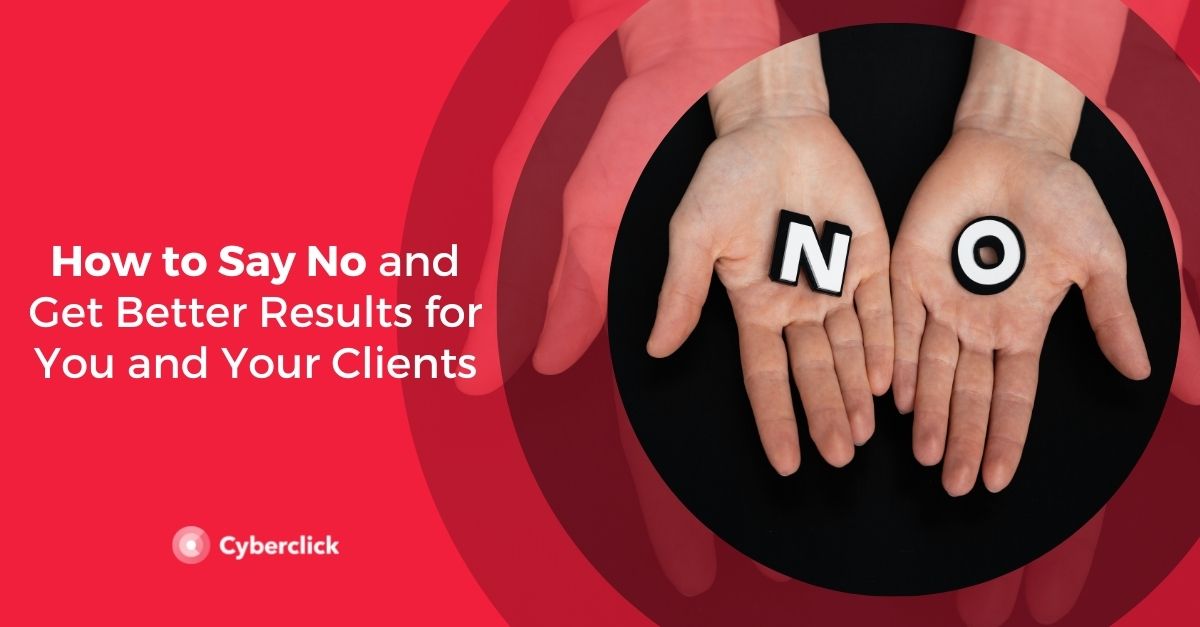Do you do B2B marketing? Well, it's time to rethink your strategy with a new paradigm: B4B, or business for business.
The world has changed a lot since the term "B2B" was coined in the 1990s, and marketers have to adapt to these changes. At the time, the B2B concept was very useful in describing companies that sell goods or services to others, and distinguishing them from those directly aimed at the consumer. But the relationship between the two sides has changed, and now expectations go far beyond one-way selling.
If you want to know what B4B is and how to take your marketing to the next level, read on!

The Step from B2B to B4B
As you know, B2B means business to business. This concept was popularized in the late 90s and was used to explain the trade relationship between two companies. Over time, it became so popular that it started to get used for any aspect of the business relationship: B2B sales, B2B marketing, B2B buyer, B2B market, etc.
Even more complex derivatives of this term, such as B2B2C or even B2B2G, became popular (C standing for consumer, and G standing for government.)
However, over the years, a problem has popped up: the preposition "to” has fallen short to describe the relationship between companies. "To" refers to a one-way transaction, in which one company offers products and services to another based on its own business objectives. In this relationship the buying party does not have much say.
In the digital age, it makes sense that we have to start rethinking this model. Companies that have been most successful in recent years, such as Uber, AirBnB, Etsy, or KickStarter, create value through a different paradigm, based on networking, collaboration, community, social purpose, and openness. Instead of offering services and products to their buyers, they focus on offering products and services to meet their needs. And that's how B4B or business for business comes about.
This seemingly insignificant shift from "to" to "for", actually hides a change in the way a company operates. B2B treats buyers as a passive entity; instead, B4B companies move within a community and seek to contribute to the ecosystem, with a dedication of quality service to their customers. In short, the B4B model is more empathetic, more intentional, and closer to the customer.
Are You a B2B or B4B Company? The Ultimate Test
At this point, you may be wondering where your business stands and what you can do to evolve into a B4B model. This Mag Rajasekaran test can help you find out. I recommend taking some time to reflect on these questions.
1. Why are you in this business?
What is the real reason your company exists? To generate benefits? To reward shareholders? To earn a bonus?
All companies are different, from SMEs to large multinationals. But in the B2B era, the vast majority of them were created to bring benefits to their creators. They were based on an "inside-out" model.
In this traditional model, senior executives make decisions regardless of the customer's point of view. But in the social media age, businesses need to have a clear purpose to exist, and that purpose has to be addressed to a real customer need.
Therefore, the best companies in the B4B era are those that operate "from outside to inside", i.e. they take as a basis a need of the users that justifies their existence. For example, this is the case with Uber, which exists to connect people who seek to earn money by driving and people who need a means of transport.
2. Who are your customers and what do they value most?
The only way to know what your customers need is to ask them directly what they're looking for. It seems simple, but it's one of the big challenges for today's businesses.
Customers should be at the heart of your business model, and value should be created through collaboration. One example is Amazon, "the most customer-centric company in the world," which relies on connecting sellers and buyers so customers can quickly and easily find anything they want to buy online. And it offers a high quality customer service and experience.
3. Is your organization structured to serve customers?
The organization of a company determines the way it works and can have a big impact on its results.
Most B2B companies are organized around investors and shareholders. At the highest level of management are CEOs, and the people who actually serve customers are lower in the hierarchy. The result is that companies are often more concerned with satisfying shareholders than about serving customers.
In contrast, B4B companies are structured around the customer. All resources (management, sales, shipments) are organized to detect their needs and respond to them as quickly as possible. This type of structure is based on collaboration, openness, and co-creating, not an authoritarian chain of command.
4. Do you create products and services that help your customers?
The creation of products is a fundamental difference between B2B and B4B companies: business to business creates products and services to sell to customers, while business for business companies create products and services based on the needs of customers. Once again, we see that being able to listen to customers, detect their needs, and empathize with them is the key difference.
5. What do you do to interact with your customers and offer them a great experience?
Traditionally, companies have focused more on earning revenue than meeting customers. This approach worked very well when customers didn't have many options to choose from. But in the social age, this is no longer the case.
Now, customers and consumers are at the heart of the system and have plenty of options to choose from. Therefore, the priority should not be to sell them products, but to connect with them in a genuine way.
If this sounds like science fiction, there's a very interesting example that proves that B4B is not only possible, but works: Atlassian, a $20 billion company, which doesn't even have a sales staff!
How to Transition from B2B to B4B
If you've detected that your business is still in the B2B phase of its evolution, you may think you need to make a radical change. But this doesn't have to be the case: it is possible to evolve naturally and progressively by introducing small steps to better understand client needs. Here are some key techniques that can help you transition to B4B:
- Empathy. One of the most important things that characterize a business-for-business company is the ability to step into your customer’s shoes and understand how they feel. Customer knowledge. Following the above point, we need to look for what customers really need. And this answer is not about the technical characteristics of the product (a topic that many B2B companies focus on), but about the need that satisfies or the problem that it can solve for the customer.
- Accompaniment. B2B was interested only in closing a sale, but the B4B company understands that the customer's journey is a path that buyer and seller have to go hand in hand. Not only do you need to accompany the customer from the point of need until the sale is closed, but the company and customer must also work together to create a long-term partnership and loyalty relationship.
- Emotional intelligence. Your sales force must be able to understand the needs of customers and the level they are at, to create connection and engagement.
- Customer experience. It's not just about what we sell, it's about how we do it. Well-designed interfaces, excellent treatment, quality after-sales services... all this is nurturing the relationship with the customer and achieving loyalty and recommendations.
- Continuous improvement. The B4B is not a static goal, but a path that needs to be taken step by step. Therefore, it is necessary to have an attitude of improvement. Continually implement changes that gradually take your business in the right direction.
CEO y cofundador de Cyberclick. Cuenta con más de 25 años de experiencia en el mundo online. Es ingeniero y cursó un programa de Entrepreneurship en MIT, Massachusetts Institute of Technology. En 2012 fue nombrado uno de los 20 emprendedores más influyentes en España, menores de 40 años, según la Global Entrepreneurship Week 2012 e IESE. Autor de "La empresa más feliz del mundo" y "Diario de un Millennial".
CEO and co-founder of Cyberclick. David Tomas has more than 25 years of experience in the online world. He is an engineer and completed an Entrepreneurship program at MIT, Massachusetts Institute of Technology. In 2012 he was named one of the 20 most influential entrepreneurs in Spain, under the age of 40, according to Global Entrepreneurship Week 2012 and IESE. Author of "The Happiest Company in the World" and "Diary of a Millennial".






Leave your comment and join the conversation